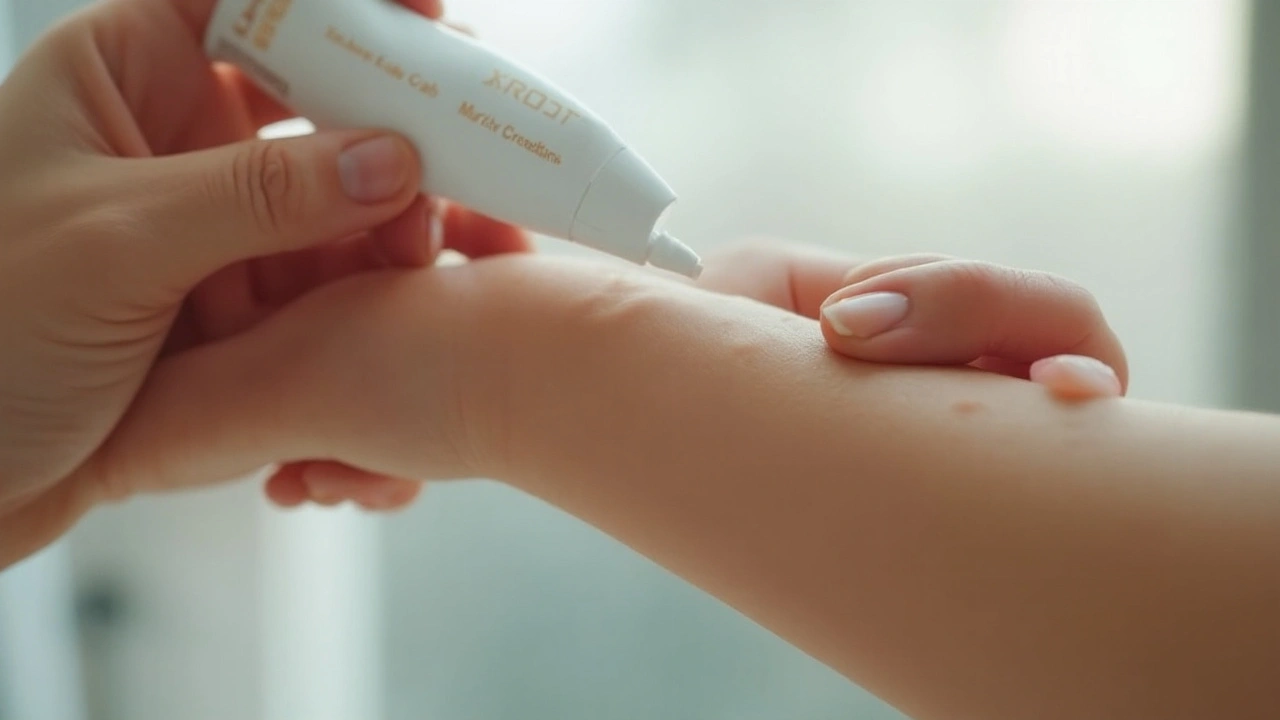Topical Treatment: What It Is and How to Use It Right
When a doctor says ‘use a topical’, they mean a cream, ointment, gel, or spray that you put straight on your skin. It’s a quick way to send medicine to the exact spot that needs it, whether you’re fighting acne, easing arthritis pain, or treating a fungal infection. No pills, no shots – just a product you can apply at home.
Choosing the Right Topical for Your Needs
The first step is matching the product to the problem. For dry, scaly patches, a thick ointment works best because it locks in moisture. If you need fast relief from a burn or insect bite, a gel or spray spreads easily and dries quickly. Look at the active ingredient list: hydrocortisone calms itching, clindamycin fights bacteria, and capsaicin targets nerve pain. It’s also worth checking the concentration – a 1% cream is milder than a 2% one, so start low if you’re unsure.
Tips for Safe and Effective Application
Before you slather on any product, wash your hands and clean the skin area with mild soap and water. Pat it dry; wet skin can dilute the medicine. Use just enough to cover the area with a thin layer – more isn’t always better and can increase side effects. Rub gently until the product disappears; this helps it absorb. If you’re using multiple topicals, apply the one with the highest potency first, wait a few minutes, then add the next.
Timing matters too. Many topicals work best when applied once or twice a day at the same times, like after breakfast and before bed. Consistency beats occasional bursts of use. If a product says ‘apply before bedtime’, follow that instruction because some ingredients need the body’s nighttime repair cycle.
Watch for signs of irritation: redness, burning, or swelling that gets worse after a few days. If that happens, stop using the product and talk to a pharmacist or doctor. Sometimes switching to a lower concentration or a different formulation (e.g., cream instead of ointment) fixes the issue.
Storage can affect potency. Keep creams and gels in a cool, dry place, away from direct sunlight. Some steroids lose strength if they get too warm, so a bathroom cabinet might be too hot.
Finally, remember that topicals are part of a bigger treatment plan. For chronic skin conditions like eczema, moisturizers and lifestyle changes (like avoiding harsh soaps) are just as important as the prescription cream. Pairing the right topical with good skin care habits gives the best chance of clear, comfortable skin.
Bottom line: pick a product that matches your condition, apply it cleanly and consistently, watch for reactions, and store it properly. With those basics covered, you’ll get the most out of any topical treatment you choose.
Learn what Aldara Cream is, how it treats warts and skin lesions, proper application steps, common side effects, and safety tips in a clear, practical guide.
